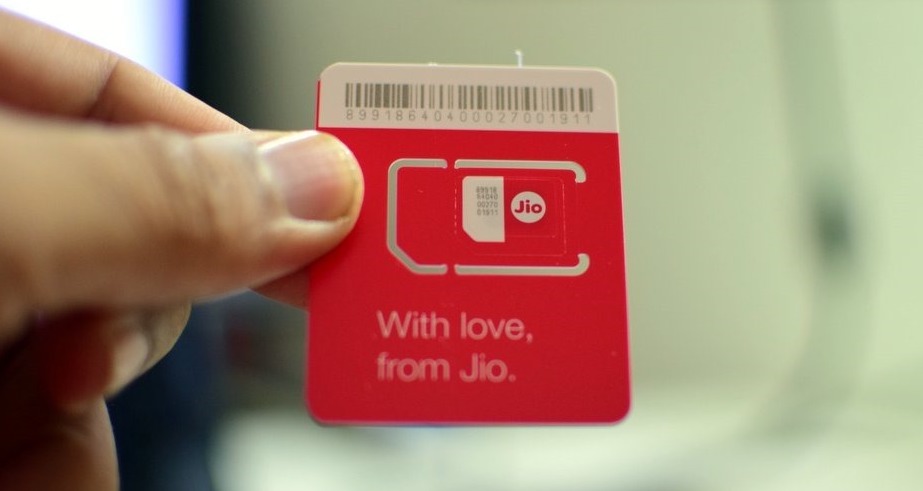Intermittent fasting has been gaining popularity in recent years, and for good reason. This type of fasting can provide a variety of benefits, including weight loss, improved energy levels, and better health overall. If you’re looking to improve your health, lose weight, or just feel more energetic, intermittent fasting may be the right choice for you!

Intermittent Fasting: History
Intermittent fasting is not a new concept. It has been around for centuries and was practiced by many cultures throughout history. The most well-known form of intermittent fasting is the Islamic practice of Ramadan, where Muslims fast from dawn to dusk during the month of Ramadan.
There are also many other forms of intermittent fasting, such as the Jewish practice of Yom Kippur, where Jews fast for 25 hours; the Buddhist practice of Vassa, where Buddhists fast for three months; and the Hindu practice of Navratri, where Hindus fast for nine nights.
Intermittent fasting has become popular in recent years as a way to lose weight and improve health. There are many different ways to do it, but the most common is to fast for 16 hours and eat for eight. This can be done every day or a few times a week.
Intermittent fasting has become a popular way to lose weight and improve health. There are many different ways to do intermittent fasting, so it can be confusing to know which method is best for you. Here are four popular methods of intermittent fasting:
The 16/8 Method
The 16/8 method of intermittent fasting is simple. You restrict your eating to an eight-hour window each day and fast for the remaining 16 hours. This can be done daily or on alternate days.
There are a few different ways you can go about doing this. The most popular method is to stop eating at dinner time and then not eat again until breakfast time the next day. Another option is to eat between the hours of noon and eight pm, or even from two pm until ten pm.
Whichever way you choose to do it, the key is to stick to your designated eating window as closely as possible. This means no snacking outside of that window, even if you’re hungry. It may seem difficult at first, but your body will adjust and you’ll start to feel less hungry as the fast goes on.
If you’re new to fasting, the 16/8 method is a great place to start. Once you get used to it, you can experiment with longer fasting periods, such as 24 hours or even 36 hours. But if you’re just starting out, eight hours is a good goal to aim for.
There are many benefits to intermittent fasting, but the main one is that it can help you lose weight. When you fast, your body is forced to use up stored energy, which means that it will start burning fat for fuel. Intermittent fasting has also been shown to improve insulin sensitivity, which can help to prevent type II diabetes. Additionally, intermittent fasting has been shown to increase levels of human growth hormone, which can help to build muscle and burn fat.
The Five-Two Diet
The five-two intermittent fasting method is pretty simple. On this plan, you eat normally five days per week and restricted calories (500 calories for women, 600 for men) two days per week. This can be done by either skipping meals or eating smaller portions than usual.
There are a few different ways that people go about doing this, but the most popular method is to fast for 24 hours on two non-consecutive days of the week. So, for example, you would eat normally from Monday to Friday, and then fast from Saturday dinner until Sunday dinner. Another option is to eat normally for six days and then fast for two entire days.
There are a number of potential benefits associated with this diet, including weight loss, improved mental clarity, and increased energy levels. Additionally, some research suggests that intermittent fasting may help to reduce the risk of certain chronic diseases such as heart disease and cancer.
Alternate Day Fasting
This involves fasting every other day, either by not eating anything or only consuming very few calories (25% of your daily needs) on those days.
There are a few different ways to approach alternate day fasting. One is to simply fast for 24 hours every other day. This means that you would eat dinner one night, and then not eat again until dinner the following night. Another approach is to eat only 500 calories on fasting days.
Whichever approach you choose, it’s important to make sure that you’re getting enough nutrients on the days that you are eating. This means eating a balanced diet with plenty of fruits, vegetables, and lean protein. On fasting days, you may want to focus on eating healthy fats and low-glycemic-index foods to help keep your energy levels up.
One potential benefit of alternate-day fasting is that it can lead to weight loss. In fact, one study found that people who followed an alternate-day fasting plan for eight weeks lost an average of seven percent of their body weight. If you’re looking to lose weight, alternate-day fasting may be a good option for you.
Another potential benefit of alternate-day fasting is that it can help improve your insulin sensitivity. Insulin sensitivity is a measure of how well your body responds to insulin, and it’s important for managing blood sugar levels. One study found that people who followed an alternate-day fasting plan for three months had improved insulin sensitivity, compared to those who didn’t follow the diet.
If you’re thinking about trying alternate day fasting, it’s important to talk to your doctor first, especially if you have any medical conditions. Once you start, be sure to listen to your body and make adjustments as needed. And remember, like with any diet or lifestyle change, there’s no one-size-fits-all approach – what works for some people may not work for others. But if you’re looking for a way to jumpstart your weight loss or improve your overall health, alternate day fasting could be worth a try.
The Warrior Diet
The Warrior Diet is a type of intermittent fasting that has become popular in recent years. The basic premise is that you eat very little during the day and then have a large “feast” at night. This feast can be anything you want, but it should be high in calories and nutrients.
There are a few different ways to do the Warrior Diet, but the most common is to fast for 20 hours and then eat whatever you want for the remaining four hours. This means that you would only eat two meals per day: one large feast at night, and one small meal in the morning or afternoon.

So how does this style of eating help you lose weight? Well, there are a few different theories. First, by fasting for most of the day, you’re naturally reducing your calorie intake. Second, by eating a large meal at night, you’re giving your body time to digest and process all of the nutrients before going to bed. And third, by not eating for several hours before bedtime, you’re allowing your body to enter into a fasted state overnight.
All of these factors can lead to weight loss; however, it’s important to remember that the Warrior Diet is not a “quick fix.” It takes commitment and discipline to stick with this style of eating, but if you can do it, the results can be very rewarding.
No matter which type of intermittent fasting you choose, it’s important to make sure that you are doing it safely. If you have any health concerns, or if you are pregnant or breastfeeding, you should speak with your doctor before starting any type of diet or eating plan. Intermittent fasting is a great way to lose weight, but it’s not right for everyone. Nowadays there is a lot of information about it. We advise you to read Welltech about Intermittent Fasting. Be sure to do your research and talk to your doctor before choosing the best approach for you!







